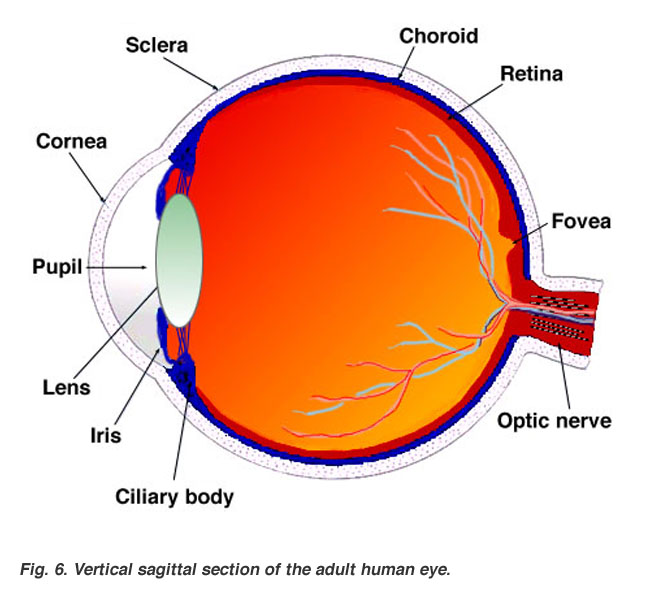This is the fascinating story of Djedmaatesankh, an Egyptian woman who lived 2800 years ago in Thebes with her husband Paankhntof. She was a musician at the great Temple of Amun-Re at nearby Karnak where her husband was a temple doorkeeper. They were a childless couple, in their early thirties, when Djedmaatesankh died and was mummified according to ancient Egyptian custom. Thousands of years later, her mummy can be seen on display at the Royal Ontario Museum in Canada. Several years ago, the mummy of Djedmaatesankh underwent a CT scan that revealed some amazing tidbits about her life and the likely cause of her death. The findings of Drs. Melcher, Millet, Lewin and radiation technologist Holowka from Toronto's Hospital for Sick Children are described in "Rotunda", a publication of the Royal Ontario Museum:
"When Holowka electronically peeled away the linen and skin on the torso, she found that Djedmaatesankh had probably never had children. “When a woman bears a child, the pubic bone is separated from the pelvis from the force of the infant coming through,” Lewin explains. “But we found that her pubic bone was perfectly intact.” Most married Egyptian women of her age-- judging by the fusion of her bones and the wear on her teeth, she was 30 to 35 years old--would have had several children. “So perhaps she was infertile,” Lewin says.
Lewin was in for a bigger surprise when he looked at her face. “The first thing we noticed when we peeled away the skin was a swelling of her left upper jaw,” Lewin says. A 3-D image inside her skull revealed more. “She had this horrendous, painful-looking dental abscess, caused by a diseased upper left incisor.”
The abscess was an inch in diameter and had probably been there for at least several weeks before she died. The bone on the surface of the upper left jaw was pitted with small holes, indicating that it was also infected. “So not only was there a lot of pus, and bone being eaten away, but she was also getting a reaction on the front of her jaw,” Lewin says. “She probably had pus underneath the skin of her cheek.”
Djedmaatesankh had no dental plan, no access to modern pain meds nor antibiotics. Yet, you have to marvel at the intersection of Egyptian antiquity and modern medical technology. If you have a chance, take a trip to the Royal Ontario Museum in Toronto and pay her a visit. Goodness knows, she's been waiting 2800 years.



6 comments:
queen tuth?
KEvron
queen tuth?
LOL!
She sounds like she's uniquely Amurikan.
No more of this BITING commentary!
This blog is decaying into something awful, I swear!
I want my Mummy!
Ah, so she'd fit right into Bush's America...
Post a Comment